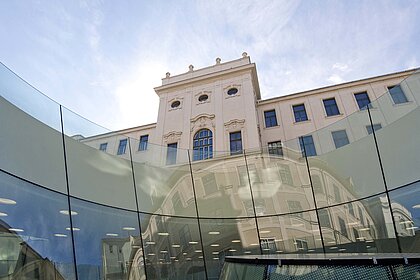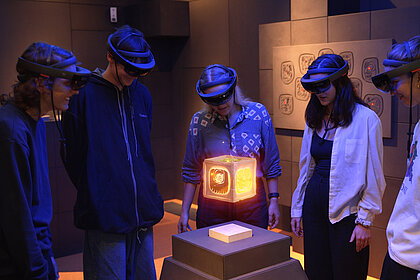Stainz Castle was founded as an Augustine monastery in 1229. In 1840 Archduke Johann bought the Stainz estate. You will find out about the life, and the reformative verve of the ‘Styrian prince’ in the museum at Stainz Castle. Farming tools and a collection of documentary photographs will tell you something about peasant work and everyday life before the industrialisation.
Agriculture Museum Schloss Stainz
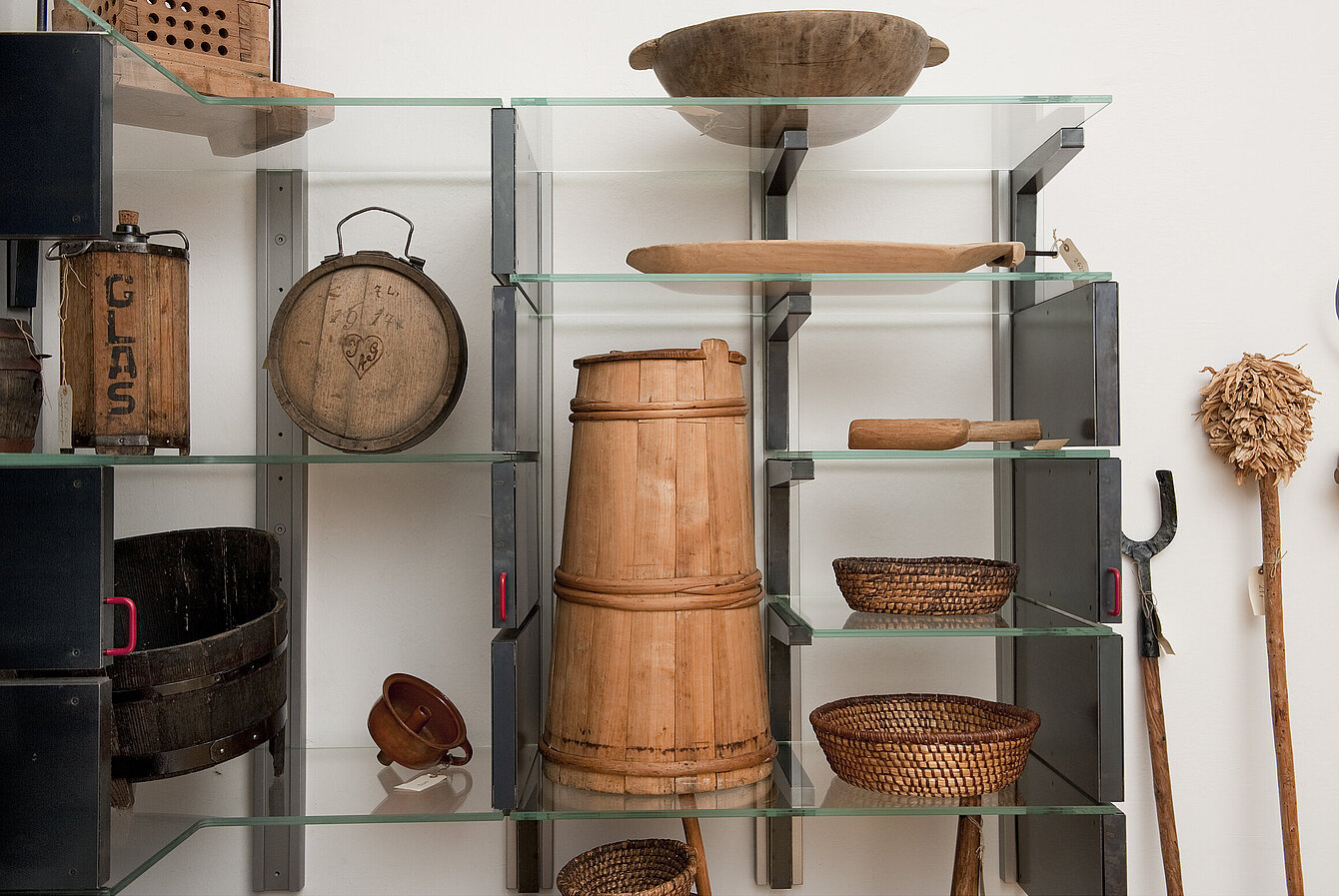
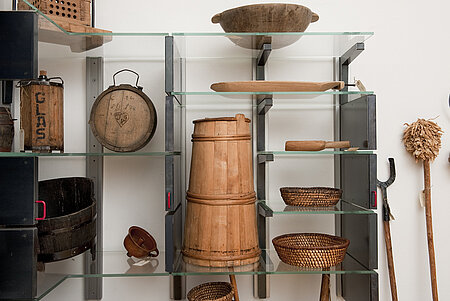
Image Credits
Location
Museen in Schloss Stainz
Show all
Farming tools and a collection of documentary photographs will tell you something about peasant work and everyday life before the industrialisation.
About the exhibition
What is farming?
A momentous development in the history of civilisation began around 10,000 years ago, in the Neolithic Age: People who had lived as hunters and gatherers now began to grow plants and keep animals – they started to farm. This changed their lives fundamentally. They began to build houses and settle. This way of life is a pillar of our civilisation.
But what is farming today? Farmers produce food for society but also provide raw materials for the textile industry, building or medicine. While global competition demands bigger and bigger yields, in terms of ecology it makes sense to farm the land on a sustainable basis. Styrian farmers have to compete in this field of conflicting interests too.
The exhibition shows historical developments and basic principles, viewing them in context with the present day. It questions prevalent notions of what it means to be a farmer and gives an insight into their work and production. The main emphasis is on the changes caused by industrialisation in the nineteenth century and the consequences for today's farming industry.
Glimpses
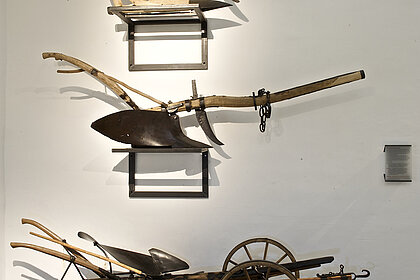
Image Credits
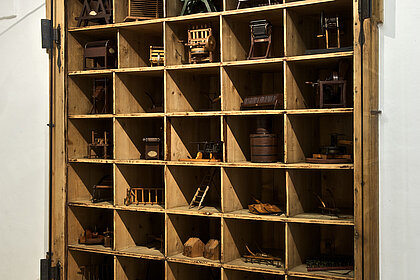
Image Credits
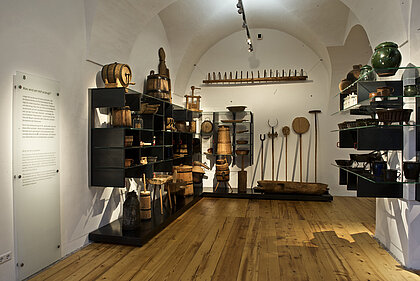
Image Credits
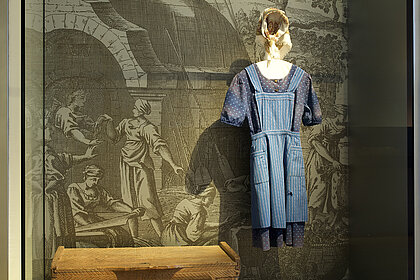
Image Credits
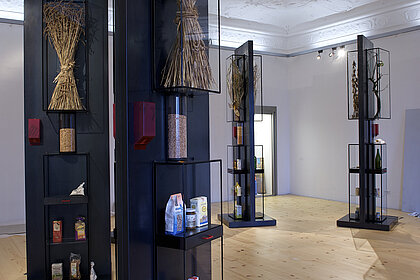
Image Credits

Image Credits
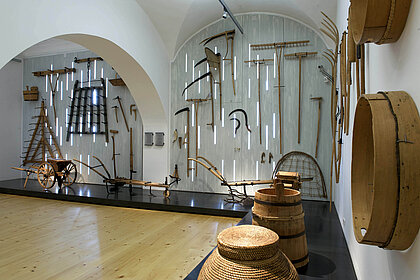
Image Credits








